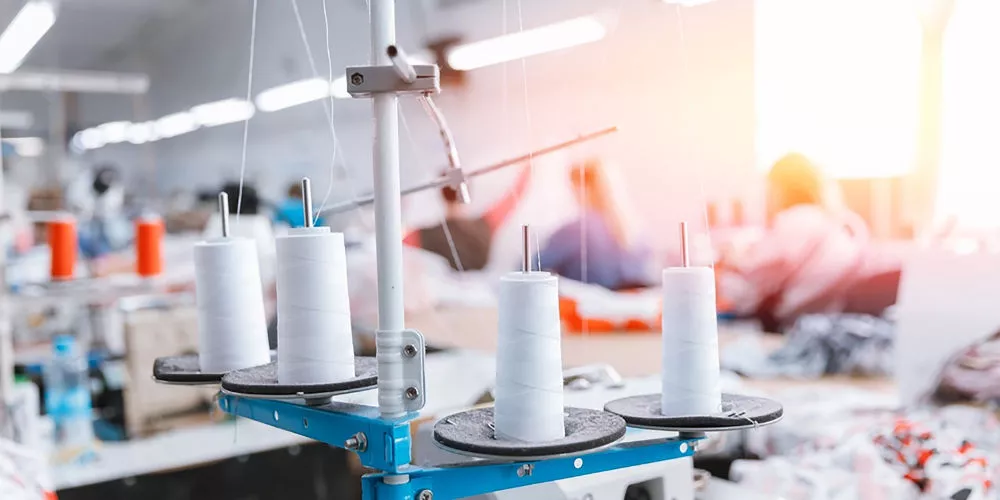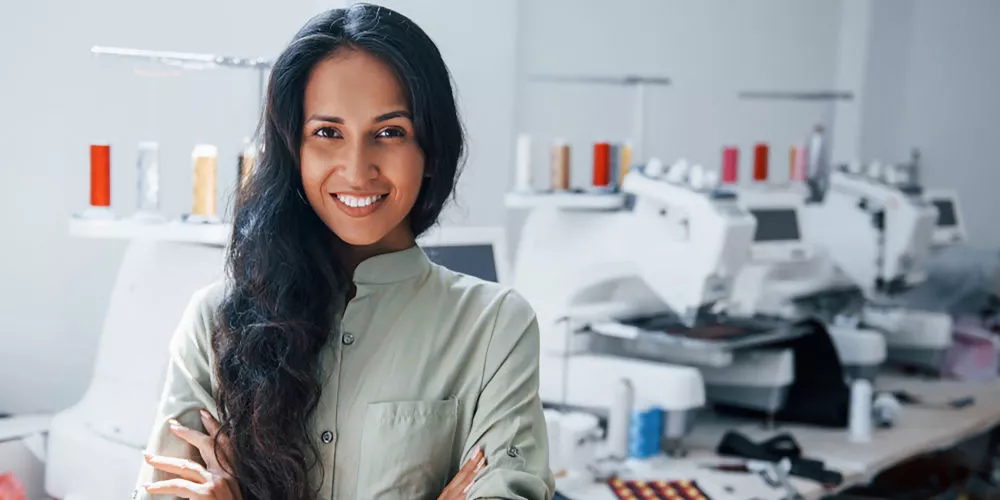The garments manufacturing process consists of multiple steps. All operations are usually done in different departments because it’s a sequential process from choosing the fabric, designing, sampling, making, finishing, checking, packaging, and so on. For a bigger brand with many resources, it can take only a few weeks of production, while for a smaller brand, it may take a bit longer because of the limited resources.
In this article, we will take you to go through the garments manufacturing process divided into four primary stages.
Stage One: Preparation
The first and foremost in the garments manufacturing process; is the preparation. If you’re confused about where to begin, start with planning your concept and sketching your product. You need to mop out a solid strategic plan, analyze the market, understand your target customer, and address their needs. In the preparation stage, you’ll likely spend so many times brainstorming and sketching the concept depending on what clothing you’d like to make. It could be a swimwear production or accessories and so on.
Sketching and Drawing
Before bringing your clothing line into existence, you have to sketch the product that will capture the mood, color, and silhouette of the garments. Whether you are a paper sketch person or a digital person it doesn’t matter because, at the end of the day, the final output is what matters the most.
As the concept and sketches are finalized, you will be one step closer to the pre-production of the garments manufacturing process.
Find the Right Garment Manufacturer
In order to make the perfect garments for your clothing line, you need to find the right garment manufacturer, a factory that produces clothing. You have to provide the manufacturer with the design and all the necessary specifications like materials, measurements, finishes, etc.
Before deciding on the factory, research everything you need to know, like the quality, certification, location, and other factors because they will affect the final cost of your production.
Stage two: Pre-Production
Once your plan is solid and all your sketches are finalized, it’s time to begin the pre-production stage. This stage of the garment manufacturing process involves fabric development, pattern making and grading, and sampling!
Fabric Development
While finalizing the design is very important, finding the right fabric is also essential in the pre-production process. The fabric of your choice will influence the whole cost of the garment’s manufacturing process. Further than that, it will also determine which sewing machine you will need and which experienced factories to work with, many international factories in Asia are competitive in garment production.
Pattern Making and Grading
Patterns can make or break your design, so you will need a skilled and experienced pattern maker. The patterns will serve as a template throughout the cutting process which will be the final garments output. So, you need to ensure the manufacturing factory can cut your fabric as precisely as possible.
After you have the final output of the cut fabric, you need to do a pattern grading process. This process takes the patterns of your clothing line and scales the design to a variety of sizes. Pattern grading is inevitable when you want to make a clothing business from scratch.

Stage three: Production
This stage of the garments manufacturing process requires utmost attention from you and your manufacturer to ensure quality control. In the production stage, you’ll go through sampling the product and creating a safe document.
Sampling
Let’s say samples are like the prototype of a creation. They are made and sewn individually to ensure the garment’s quality and whether the pattern needs adjustments or not. This garments manufacturing process will prevent you from making a big mess when you bulk-sewing your clothing line.
There are two steps in making samples; the first one with cheaper fabric, and the second one with the actual fabric. Making the first samples with a cheaper fabric can also reduce the production cost. When you’ve satisfied with the first sample, the manufacturer will then make a sample with the actual fabric of the final design.
Create a Safe Document of Your Manufacturing Information
When you’re finally content with the quality of the sample, you have to put all the needed details into a spreadsheet as your clothing line’s blueprint. The document will contain all the necessary details to reproduce your garments, including patterns, measurements, textiles, hardware details, and each cost of the garments manufacturing process.
To avoid starting all over again, this process is essential for the beginning of your clothing line.
Stage four: Post-Production
At this point, you’ve done pretty much everything, from the design process, fabric development, and sample clothing, to creating a safe document of all the process details.
So, what’s next?
Manufacturing and Quality Control
Almost there, you are almost at the end of the garments manufacturing process. Before you ship your garments, you need to do a quality control process of your clothing line’s first batch. This process is needed to catch and fix errors, so you need to pay complete attention to the stitches and embellishment, including small details like the labels and buttons.
Shipment
After all the products have been reviewed by the factory and you, as the client, all the remaining batches will be produced and shipped to you in no time.




